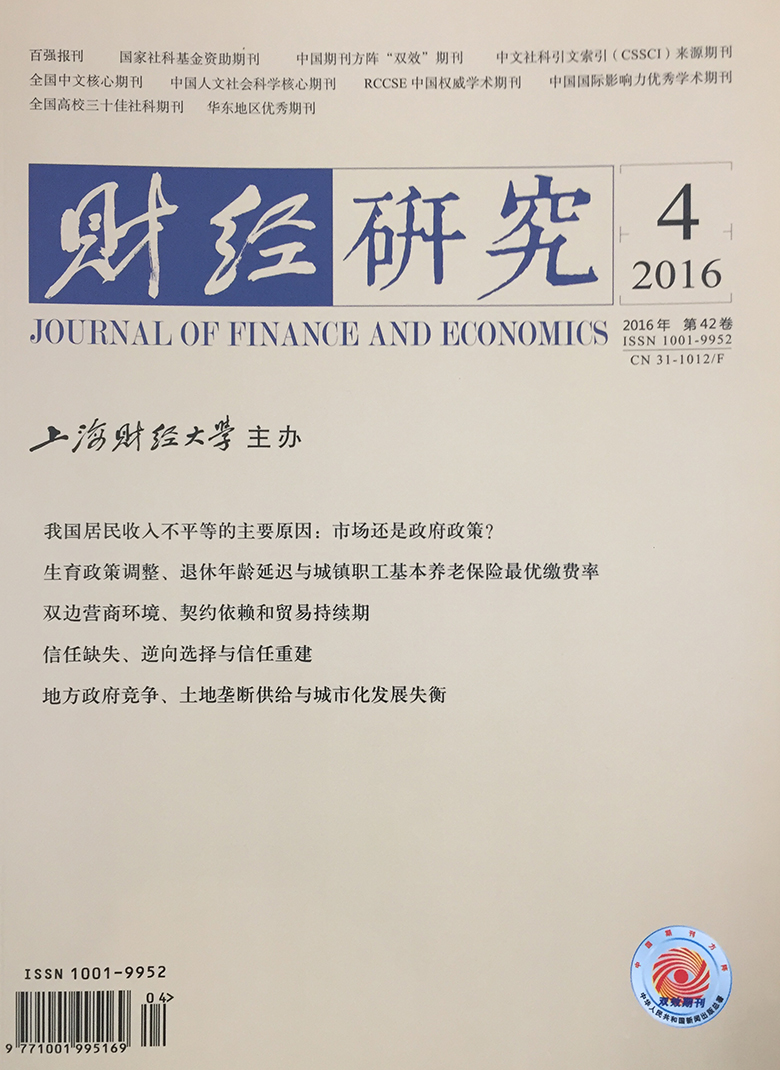From the dual perspectives of local government competition and monopolized land supply, this paper makes a systematic study of the phenomena on of China's development imbalance between population urbanization and spatial urbanization and its inherent mechanism by using the provincial panel data from 1999 to 2012. The theoretical model shows that local government competition oriented by economic growth and the increase in fiscal revenues provides inherent incentives for local governments' biased emphases on the advancement of spatial urbanization and their neglect of the advancement of population urbanization and monopolized land supply by governments offers means for the implementation of local governments' biased emphases on the advancement of spatial urbanization through land business. The two factors together lead to the development imbalance between population urbanization and spatial urbanization. The empirical test comes to the conclusion that more intense local government competition results in more land supply and more serious development imbalance between population urbanization and spatial urbanization. It shows that local government competition and monopolized land supply actually have the significantly positive effects on urbanization development imbalance. The advancement of the reform of local government competition modes and monopolized land supply system is the valid route to the development balance between population urbanization and spatial urbanization in China.
 / Journals / Journal of Finance and Economics
/ Journals / Journal of Finance and EconomicsJournal of Finance and Economics
LiuYuanchun, Editor-in-Chief
ZhengChunrong, Vice Executive Editor-in-Chief
YaoLan BaoXiaohua HuangJun, Vice Editor-in-Chief
Local Government Competition, Monopolized Land Supply and Urbanization Development Imbalance
Journal of Finance and Economics Vol. 42, Issue 04, pp. 102 - 111 (2016) DOI:10.16538/j.cnki.jfe.2016.04.010
Abstract
References
Abstract
Cite this article
Xie Dongshui. Local Government Competition, Monopolized Land Supply and Urbanization Development Imbalance[J]. Journal of Finance and Economics, 2016, 42(4): 102–111.
Export Citations as:
For
ISSUE COVER
RELATED ARTICLES




 7975
7975  5046
5046

